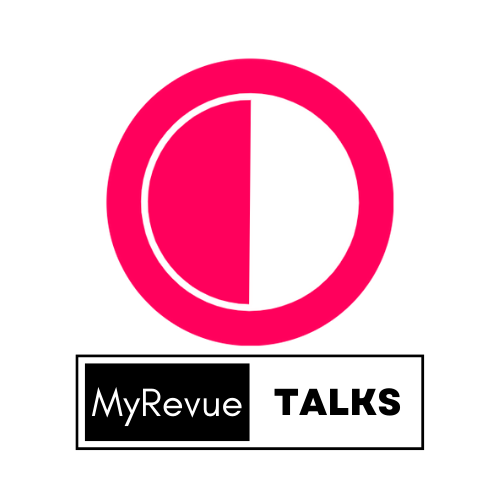How User-Generated Content Influences Purchase Decisions?
(UGC) has a significant influence on purchase decisions. Consumers often rely on UGC to gather information, assess product quality

Written by Shivangi
Updated on 13/07/2023
<p class="MsoNormal">User-generated content (UGC) has a significant influence on
purchase decisions. Consumers often rely on UGC to gather information, assess
product quality, and make informed choices. Here are some ways UGC influences
purchase decisions:<o:p></o:p></p><p class="MsoNormal"><br></p>
<p class="MsoNormal">Authenticity and Trust: UGC is perceived as more authentic
and trustworthy than brand-generated content. Consumers trust the opinions and
experiences of fellow customers more than promotional messages from brands. UGC
provides real-life perspectives, creating a sense of trust and credibility.<o:p></o:p></p><p class="MsoNormal"><br></p>
<p class="MsoNormal">Social Proof: UGC serves as social proof, indicating that
others have purchased and benefited from a product or service. When consumers
see positive UGC, such as reviews, ratings, or testimonials, it reinforces
their confidence in the brand and its offerings. Social proof validates their
decision-making process.<o:p></o:p></p><p class="MsoNormal"><br></p>
<p class="MsoNormal">Relatability and Relevance: UGC allows consumers to relate
to others who share similar interests, needs, or challenges. When they come
across UGC from users with similar backgrounds or preferences, it resonates
with them. The relatability factor increases the likelihood of making a
purchase based on others' experiences.<o:p></o:p></p><p class="MsoNormal"><br></p>
<p class="MsoNormal">Product Demonstration: UGC provides practical demonstrations
of a product or service in action. User-generated photos, videos, or tutorials
showcase how a product looks, functions, and solves specific problems. This
visual representation helps consumers assess whether the product aligns with
their requirements.<o:p></o:p></p><p class="MsoNormal"><br></p>
<p class="MsoNormal">Unbiased Opinions: UGC provides unbiased opinions that
consumers value. Since UGC is created by real customers, their opinions are
considered more genuine and less biased than brand claims. Consumers trust the
objectivity of UGC, as it represents a diverse range of experiences and
perspectives.<o:p></o:p></p><p class="MsoNormal"><br></p>
<p class="MsoNormal">Emotional Connection: UGC often evokes emotions and
storytelling, creating a personal connection between consumers and the product.
When users share their experiences, challenges, or success stories, it appeals
to the emotions of potential buyers. Emotional connections influence purchase
decisions by making the product more relatable and desirable.<o:p></o:p></p><p class="MsoNormal"><br></p>
<p class="MsoNormal">Recommendations and Referrals: UGC often includes explicit
recommendations and referrals from users. When consumers see positive reviews
or testimonials from others who have purchased and enjoyed a product, it acts
as a powerful endorsement. Recommendations from trusted sources influence
consumers to choose the recommended product.<o:p></o:p></p><p class="MsoNormal"><br></p>
<p class="MsoNormal">Research and Information Gathering: Consumers use UGC as a
source of information and research before making a purchase. They read reviews,
compare ratings, and seek insights from user experiences. UGC helps them gather
diverse perspectives, evaluate product features, and assess the overall value
proposition.<o:p></o:p></p><p class="MsoNormal"><br></p>
<p class="MsoNormal">Product Discovery: UGC can introduce consumers to new
products or brands they might not have considered otherwise. Through UGC,
consumers discover products that align with their interests or solve their
problems. The discovery aspect of UGC expands consumers' choices and influences
their purchase decisions.<o:p></o:p></p><p class="MsoNormal"><br></p>
<p class="MsoNormal">Engagement and Interaction: UGC encourages engagement and
interaction with the brand and its community. Consumers actively participate by
asking questions, seeking advice, or joining discussions. This interaction
fosters a sense of involvement and builds trust, as consumers feel supported
and connected to the brand and its user community.<o:p></o:p></p><p class="MsoNormal"><br></p>
<p class="MsoNormal">UGC has a profound impact on purchase decisions due to its
authenticity, social proof, relatability, and emotional connection. By
leveraging UGC effectively, brands can influence consumer perceptions, build
trust, and ultimately drive purchasing behavior.<o:p></o:p></p>
<p class="MsoNormal"><span lang="EN-GB"> </span></p>
